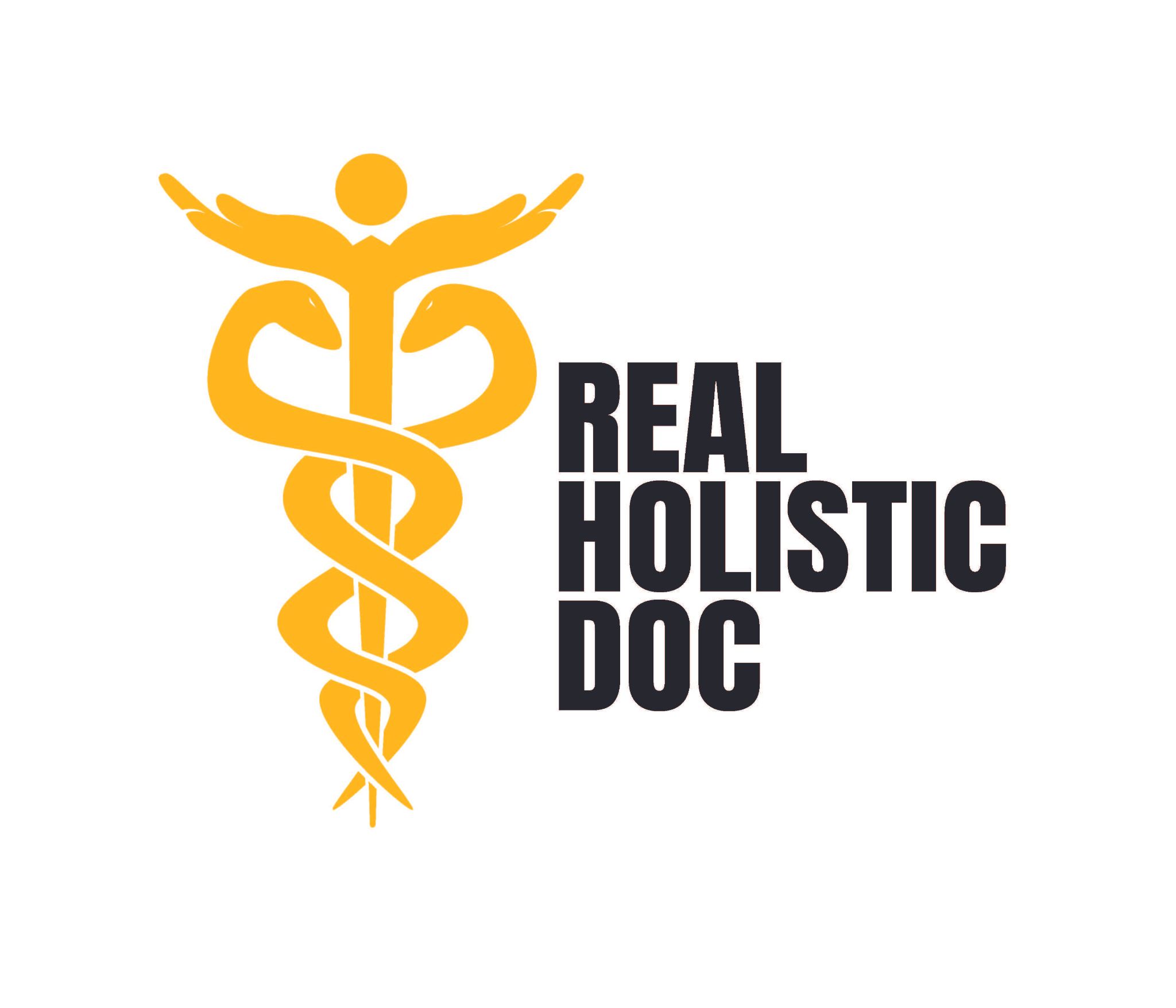During my neurosurgical residency at Massachusetts General Hospital, I often questioned the rationale for surgery for the so-called ruptured intervertebral disc. A few years later, it was obvious to me that the majority of patients being operated did NOT have a truly ruptured disc. Gradually I began to see scores of failures of surgery done at St. Elsewhere.
In 1967 I introduced the concepts of both Dorsal Column Stimulation (DCS) and Transcutaneous Electrical Nerve Stimulation (TENS). The flood gates opened. Soon I was being sent 400 failed back surgery patients per year. I selected only 6% of them for DCS, as the rest had such severe psychological damage that they were not candidates for another surgical procedure.
In 1971 I decided to restrict my practice to the management of chronic pain and began the fist comprehensive pain clinic. In 1972, I reviewed the original history, X-Rays and operative notes on 250 of these failed back patients. A report I gave at the annual meeting of Family Physicians headlined their newspaper BACK SURGERY IS A VAST CLINICAL WASTELAND.
Indeed I reported that only 10 percent of these patients had had a clear-cut ruptured disc; 10% might have had such but the records were unclear. 80% had never had an indication for surgery! During my first few years as a pain specialist, over 95% of my patients were failures of back surgery-averaging 6 UNSUCCESSFUL surgical approaches. The record was 52!!
My initial approach of active behavioral modification, successful in 75% of patients, evolved by 1975 to retraining the nervous system using:
- Acupuncture
- TENS
- Biofeedback training
- Relaxation Therapy
- Physical conditioning
- Nutrition
- The Liss Cranial Electrical Stimulator, Shealy Series
- Photostimulation
- Massage and mobilization
- Common-sense counseling
- Drug withdrawal
Our success rate went to 85%. Remember that all these patients had failed multiple surgeries, drugs and conventional psychotherapy. For the next 26 years, our success in rehabilitating these chronically disabled patients remained at 85%. The American Academy of Pain Management found for three years in the mid-1990s that ours was the most successful and most cost-effective pain clinic in the country.
In the mid-1990’s I was invited to investigate Vax-D. I visited a clinic using that computerized traction device and concluded that it was dangerous—it did traction in the prone position, with the patient required to hold on for dear life—and possible shoulder subluxation! I then worked to devise the best device for computerized decompression of the lumbar spine and came to the conclusion that the essentials were:
- (1) split-table separation; (2) flexion of the knees; (3) flexion of the lumbar spine to raise the angle and distraction segmentally; (4) comfort and nonslippage of the pelvic restraining belt; (5) comfort and nonslippage of the chest restraint; (6) concomitant use of TENS, heat, ice and myofascial release; and (7) a graduated limbering, strengthening and stabilization exercise program.
- Distraction weights of one-half bodyweight plus ten pounds
- Optimal distraction at these weights for 50 seconds, with a reduction to one-half that weight for 10 seconds, continued for 30 minutes
- Daily treatment 5 days/week for 4 weeks
A thorough evaluation of the literature revealed no clinical outcomes to correlate with different techniques. In our review and experience, no single device incorporated all these major factors that are important in achieving clinical results.
This led in 29 patients to vertebral distraction of 7 to 15 minutes and good to excellent pain relief in 12%, 14 patients, with MRI confirmed ruptured discs. All had had surgery recommended. Only one subsequently required surgery. Of eight patients with degenerative disc disease or facet arthrosis, six achieved good to excellent pain relief.
The continuing evolution of the technology discussed above has led to further improvements in computerized physical therapy of the lumbar spine. The newest devices such as SPINA deliver remarkably comfortable, smooth therapy which definitely delivers Intervertebral Differential Dynamic, IDD, therapy. Comfort during the treatment has improved as well as the ability to focus on specific vertebral levels with optimum mobilization and clinical relief. I have been able, as an independent consultant, to review results currently being reported from ten clinics of over 500 patients. Improvement rates of 65 to 88% confirm my earlier results.
Summary – During the past decade, computerized technology has markedly increased successful outcomes of non-surgical physical therapeutic mobilization for spinal pain, including ruptured discs, as well as locked and degenerative facet pain syndromes. Specific individual spinal segment dynamic mobility leads to satisfactory pain relief and improved quality of life in up to 88% of patients, many of who have failed other ”conventional” approaches. Intervertebral Differential Dynamic Therapy, IDD, appears to be the current optimal recommendation for most lumbar pain syndromes.
C. Norman Shealy, M.D., Ph.D. is the father of holistic medicine. He recommends autogenic focus (the basis of the Biogenics System) as part of your overall commitment to self-health. Register to download your FREE autogenic focus MP3 now.
